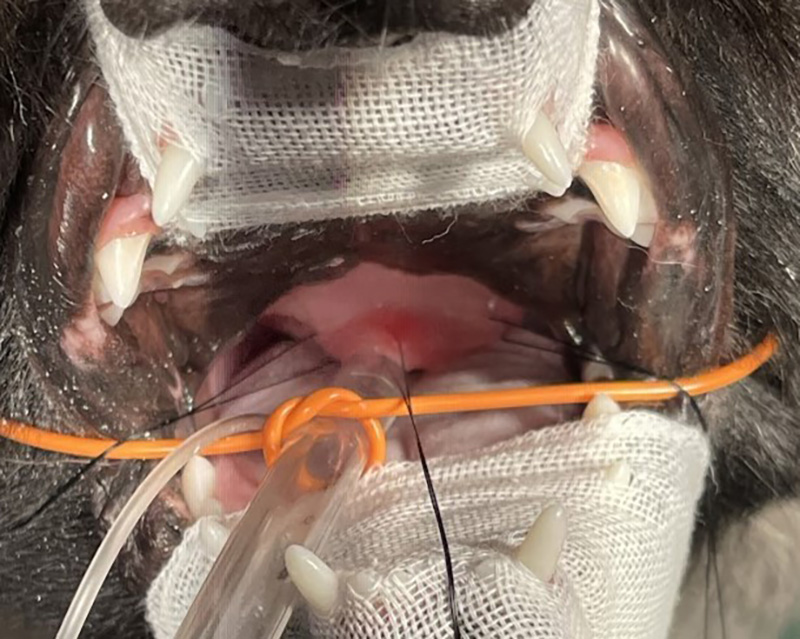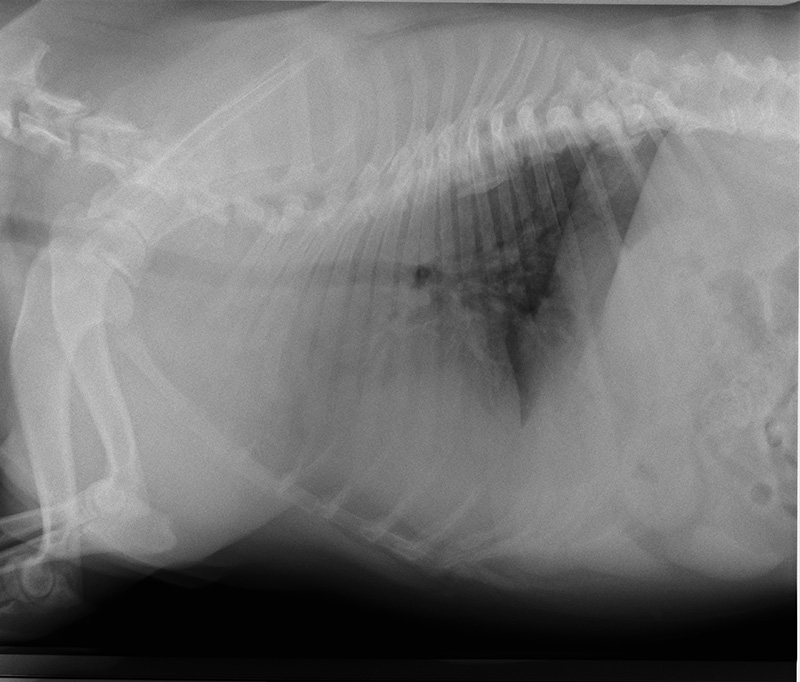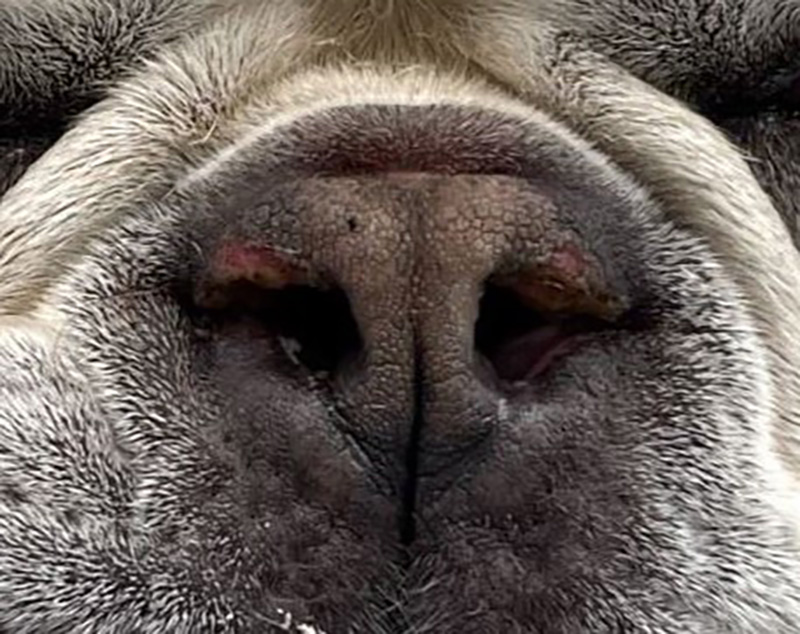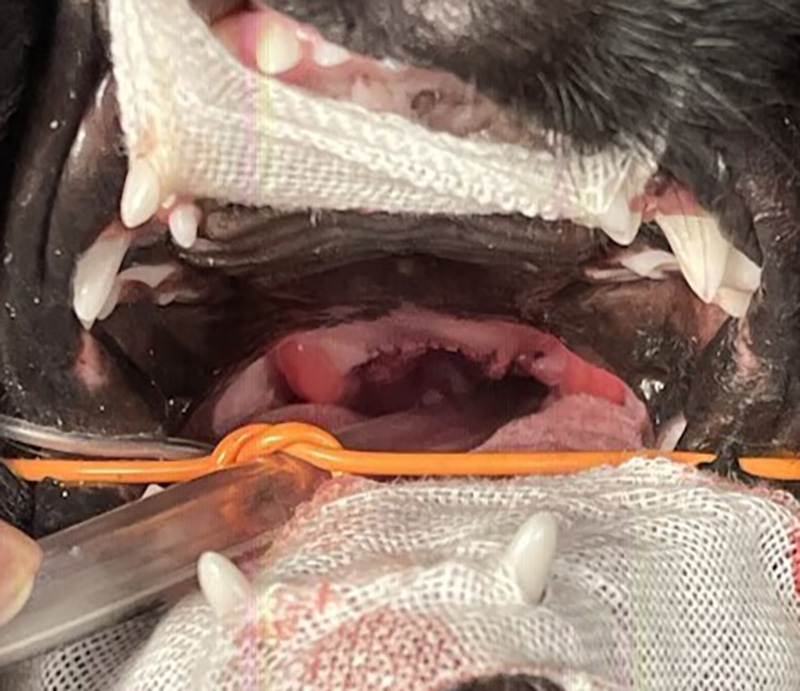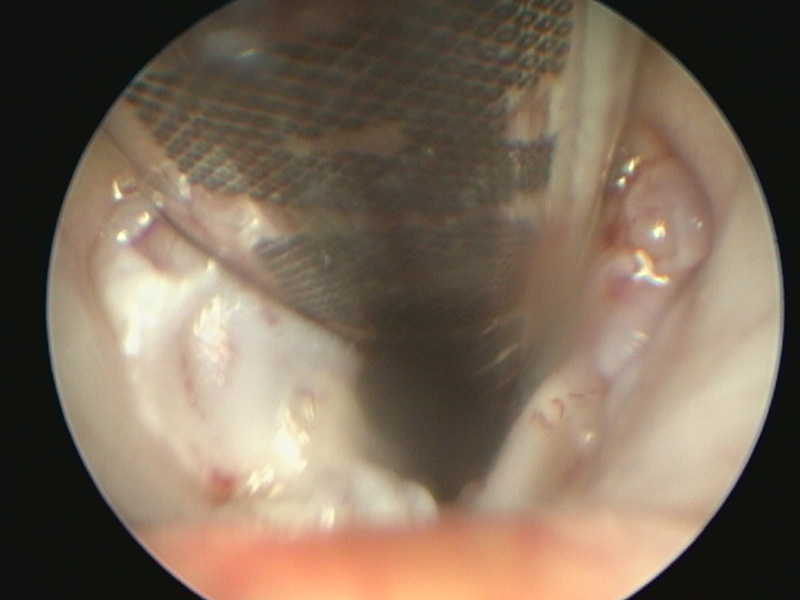Is your dog snoring? Do you notice abnormal breathing sounds?
Things to keep in mind from puppyhood.
What is Brachycephalic Airway Syndrome (BAS)?
Breeds with flat faces, such as Pugs, French Bulldogs, and Pekingese, are known as brachycephalic breeds. While they have an adorable appearance, they often have problems with their airways, including the nose, throat, and trachea, which can sometimes be life-threatening. Other breeds like Chihuahuas, Cavalier King Charles Spaniels, and Shih Tzus may also have similar issues depending on the individual.
Congenital Structural Abnormalities
Due to the following reasons, the airways are narrow, causing labored breathing (working hard to breathe). Imagine the difficulty of breathing through a straw.
Secondary Structural Changes Due to Continuous Labored Breathing
– Pharyngeal, Laryngeal, and Tracheal Collapse: The effort to breathe against narrow airways weakens and collapses the cartilage supporting the airways.
Other Problems Caused by Continuous Labored Breathing
- Gastroesophageal Reflux Disease (GERD): Swallowing air due to labored breathing causes stomach and esophageal expansion, increased abdominal pressure, leading to vomiting and reflux esophagitis.
- Negative Pressure Pulmonary Edema: Pressure changes around lung blood vessels caused by labored inhalation result in fluid accumulation in the lungs, causing breathing difficulties.
- Aspiration Pneumonia: Narrow throat, labored breathing, and esophagitis-induced regurgitation increase the risk of aspiration.
- Aortic Body Tumor (Chemodectoma): Chronic hypoxia in brachycephalic breeds may cause tumors in the aortic bodies that sense blood carbon dioxide and oxygen levels.
- Heat Stroke: Dogs regulate their body temperature through breathing, but brachycephalic breeds have difficulty expelling heat due to breathing difficulties, making them more prone to severe heat stroke.
These conditions are collectively known as Brachycephalic Airway Syndrome (BAS).
BAS is an important condition to be aware of as it involves multiple related diseases that progress together, posing a risk of recurrent life-threatening illnesses like pneumonia.
Breeds
French Bulldog, English Bulldog, Pug, Boston Terrier, Pekingese, etc.
Symptoms
- Abnormal Breathing Sounds: “Snorting,” “snoring,” “wheezing,” etc., occur not only during excitement but also at rest.
- Labored Breathing: Breathing with raised corners of the mouth and intense panting.
- Snoring and Sleep Apnea
- Breathing Difficulties
- Fainting
Treatment and Prevention
BAS cannot be cured with medical treatment alone; surgical intervention aimed at symptom relief and progression prevention is very important. However, surgical candidates are typically those with congenital structural abnormalities, specifically stenotic nares and elongated soft palate. Secondary issues such as those in categories 2(Secondary Structural Changes Due to Continuous Labored Breathing) and 3(Other Problems Caused by Continuous Labored Breathing) cannot be directly addressed with surgery.
Therefore, surgery before the age of one, before symptoms progress, is most likely to yield significant improvement. Even if secondary issues have developed, addressing the primary structural abnormalities can significantly improve breathing, prevent the progression of issues in categories 2 and 3, and prevent recurrence, making surgery still recommended.
For Those Who Own or Are Considering Owning a Brachycephalic Breed
Please keep the following points in mind when living with a brachycephalic breed:
- Weight Management: Excess fat can further narrow the airways, making breathing more difficult.
- Heat Stroke Prevention: Difficulty in breathing makes it harder to expel heat. Be especially careful in summer and avoid walks during hot hours.
- Consider Preventive Surgery: During spaying/neutering, consider simultaneous corrective surgery for stenotic nares and elongated soft palate to reduce future problems.
While brachycephalic breeds are popular and have many owners, it is crucial to be aware of these risks and understand that early-age surgery is an important treatment option for BAS.
While the anesthesia risks for brachycephalic breeds are often recognized, it is important to understand that the factors increasing anesthesia risk are part of BAS, and these risks increase with age. Early surgical intervention is recommended to prevent progression. Please consult your veterinarian as the risks can vary significantly depending on the condition and progression.

